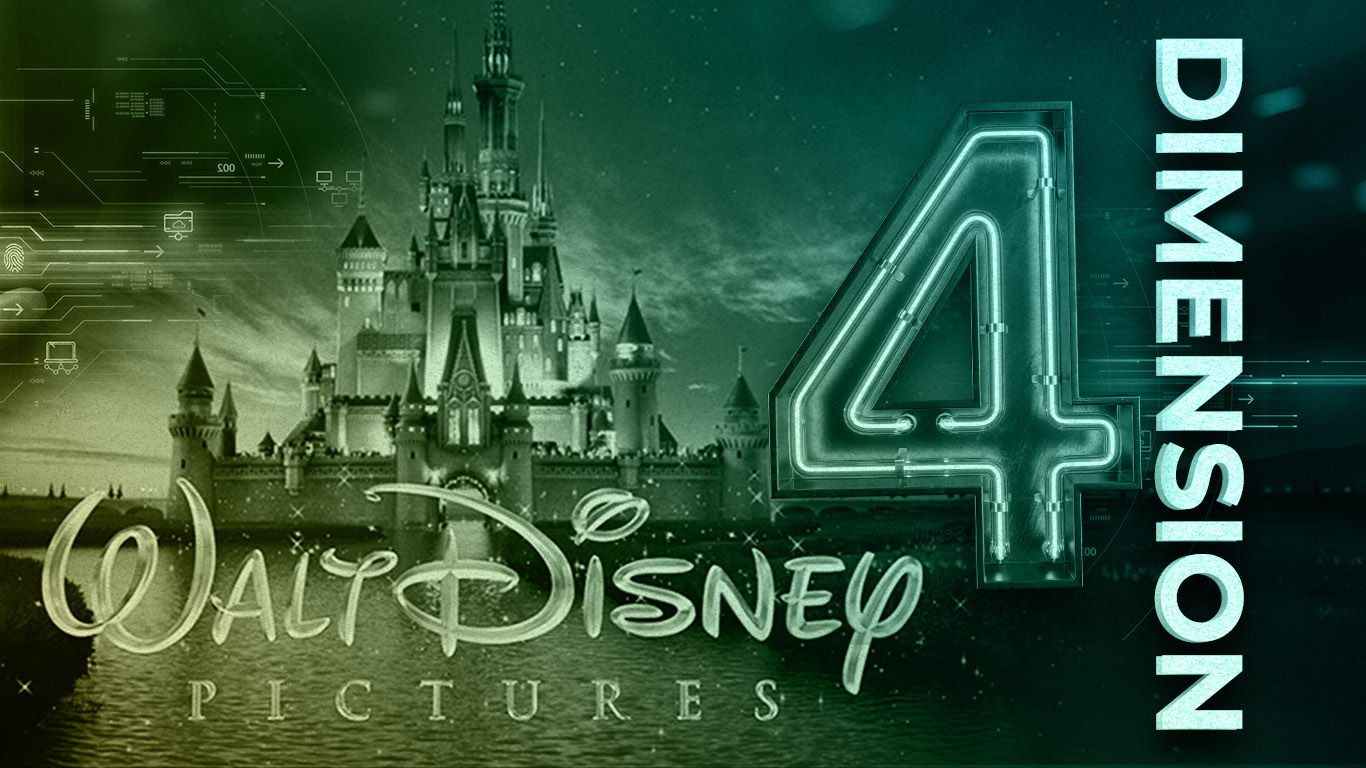
Walt Disney Company Uses ITIL®! And What Are the 4 Dimensions of ITIL® 4?
Friday, 30 December 2022
Information Technology Infrastructure Library, or best known as ITIL®, is defined as a set of practices that provides tactical and strategic ITSM guidance. ITIL® supports organizations to obtain optimal value from IT and digital services by setting the direction of the service provider with a clear capability model and aligns them to the business strategy and customer needs.
Is implementing ITIL® crucial for business?
Quoted from AXELOS, “ITIL® is fundamental to businesses, enables transformation, and helps organizations realize value.”
To give customers their desired outcomes, businesses must take a holistic approach in the way services are conceptualized, developed, and managed. Therefore, adopting the ITIL® 4 framework for your IT Service Management is very crucial.
The 4 Dimensions of ITIL® 4
ITIL® 4 provides a systematic approach to ITSM, which has improved customer service, more cost-effective IT environments, and a better understanding of risk. In order to deliver value to customers and stakeholders more effectively and efficiently, ITIL® has identified 4 dimensions that, taken together, are essential.
What are the 4 Dimensions of ITIL® 4?
1. Organizations and People
This dimension defines the people aspects of service management. This needs to be taken into account when creating, operating, and changing service offerings. People include everyone involved in the production of services. Besides people, organizations also need a culture that supports its goals. Shared values and attitudes, leaders who uphold the ideals, trust and transparency, and communication make up culture.
2. Information and Technology
Information and technology are essential enablers of value delivery. Both the individual service value streams and the broader service management skills that assist you in managing your service portfolio are supported by information and technology. You need to take into account the technology you will employ for designing, building, and operating your products or services.
3. Partners and Suppliers
Every organization surely offers and uses services. To assist it deliver its own services, it needs partners and suppliers. However, there are differences in the breadth and depth of supplier integration across different organizations' value chains. It depends on the internal resources, sourcing preferences, and legal restrictions.
4. Value Streams and Processes
This dimension introduces the Service Value Chain which serves as the foundation of ITIL® 4. The Service Value Chain supports iterative processes and linear flows (such as Agile). The ITIL® 4 Service Value Chain model is general and flexible. It makes it possible for any set of actions to support several delivery patterns. The 4 Dimensions of ITIL® 4 represent a holistic approach to service management. Even the smallest change can have a significant effect that can lead to widespread disturbance. Understanding and implementing the 4 dimensions can assure the success of your value delivery.
Who Uses ITIL®?
ITIL® is used by organizations worldwide in all industries and sectors. What are they?
1. Walt Disney Company – Mass Media and Entertainment Company
Disney started implementing ITIL® in 2008. Disney adopted ITIL® to improve its service delivery, optimize customer engagement and increase the ROI from its IT assets and infrastructure. Disney wanted to make sure that they kept their promise to give the best experience for their visitor by ensuring 100% availability of IT systems.
2. CERN – European Organization for Nuclear Research
3. Vodafone Business – Telecommunications Company
In April 2019, Vodafone Business approached Axelos to explore a potential alignment between Vodafone Business Customer Operations (VBCO) service modeling project and ITIL®. Vodafone Business’s ambitions for the Minimum Value Service (MVS) were mostly in line with the ITIL 4 best practices. They use and modify the ITIL® 4 Service Value Chain strategy to manage the MVS operating model.
4. The University of Oxford – Educational Institution
In 2015, The University of Oxford’s Service Management Office (SMO) learned that they should have been more service-oriented and instead were project-focused. They then used ITIL® to help evolve the team and their ways of working. Now, they have made continuous improvements and are operating more effectively. Introducing ITIL® helped them internalize excellent practices.
When implemented properly, ITIL® can lead to cost reduction by better service delivery and customer satisfaction, and a more solid alignment between IT and business departments. The more ITIL-compliant a business’ processes are, the greater the benefits that business will get.
Reference:
Hertvik, J. (2020). Who Uses ITIL? BMC Blogs. https://www.bmc.com/blogs/who-uses-itil/
Mathenge, J. ., & Stevens-Hall, J. (2019). Four Dimensions of Service Management in ITIL 4. BMC Blogs. https://www.bmc.com/blogs/itil-four-dimensions-service-management/